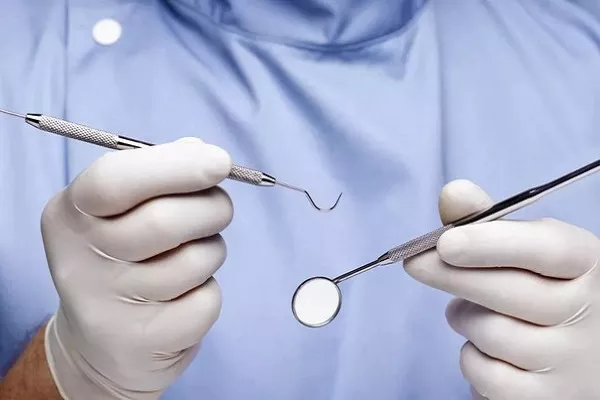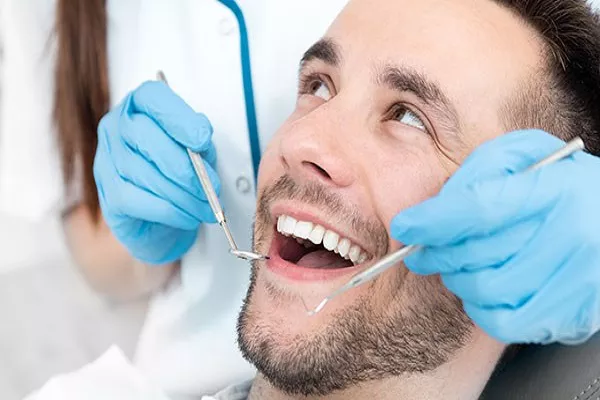After getting a filling, you may wonder if it is safe to floss your teeth. Flossing is an important part of maintaining good oral hygiene, but it is important to take care when flossing around a new filling to prevent any damage or discomfort. In this article, we will discuss whether you can floss after a filling and how to do so safely.
Can You Floss After a Filling?
Yes, you can floss after a filling, but you should be careful to avoid putting too much pressure on the filling. Flossing helps to remove food particles and plaque from between your teeth, which can help prevent cavities and gum disease. It is important to continue flossing regularly after getting a filling to keep your teeth and gums healthy.
How to Floss After a Filling
When flossing after a filling, it is important to be gentle and avoid pulling the floss too hard against the filling. Here are some tips for flossing safely after a filling:
- Wait until the anesthesia wears off: If you had local anesthesia for the filling procedure, it is important to wait until the numbness wears off before flossing your teeth. This is because you may accidentally floss too hard and cause damage to your gums or the filling while you still have reduced sensation in your mouth.
- Use a soft floss: Choose a soft floss that will be gentle on your gums and teeth. Avoid using a waxed or flavored floss, as these may be more difficult to maneuver around the filling.
- Be gentle: When flossing around the filling, use a gentle back-and-forth motion to move the floss up and down between your teeth. Avoid pulling too hard against the filling, as this can cause it to become dislodged.
- Use a floss threader: If you have a large filling or a filling in a hard-to-reach area, you may find it helpful to use a floss threader to guide the floss around the filling.
- Rinse your mouth with water: After flossing, rinse your mouth with water to remove any loose food particles or debris.
Conclusion
In conclusion, you can floss after a filling, but you should be careful to avoid putting too much pressure on the filling. Use a soft floss and be gentle when flossing around the filling. If you experience any discomfort or notice any signs of damage to the filling, be sure to contact your dentist. With proper care, your filling should last for many years, and your teeth and gums will remain healthy and strong.
































